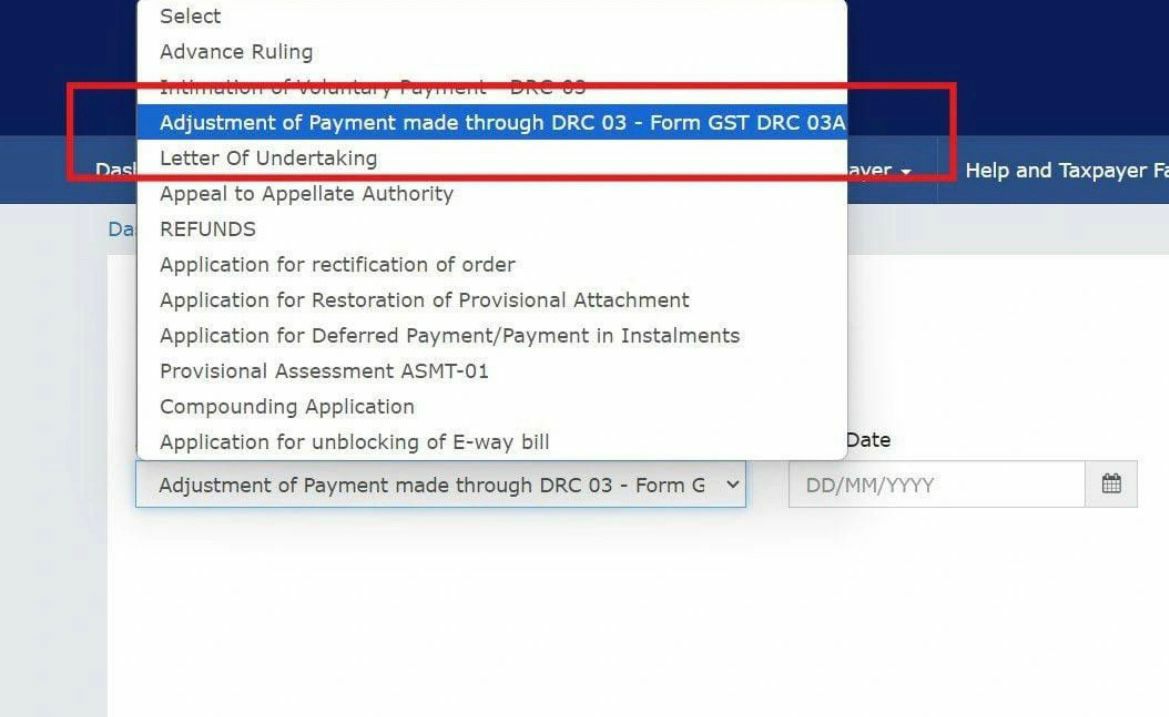People earning annual salaries above Rs 10 lakh, Rs 15 lakh, and Rs 20 lakh face important decisions when it comes to selecting between two tax regimes. The choice has significant implications on one’s tax liability and finances.
Understanding the two tax regimes
The old regime provides deductions and exemptions and the new one has lower tax rates but fewer deductions.
Old tax regime:
Allows for various deductions and exemptions (e.g., HRA, LTA, 80C investments).
Higher tax rates but potential for lower taxable income.
New tax regime:
Lower tax rates.
Limited deductions available.
Simplified tax structure.
Salary above Rs 10 lakh
For individuals earning an annual salary of Rs 10 lakh, the decision between the old and new tax regimes requires careful analysis. In the new regime, those with an income between Rs 9 lakh and Rs 10 lakh are taxed at 15 per cent . In contrast, the old regime applies a 20 per cent tax rate for income between Rs 5 lakh and Rs 10 lakh.
However, the old regime offers more deduction opportunities, such as those under Section 80C, 80D, and 24(b) for home loan interest. By strategically utilising these deductions, an individual earning Rs 10 lakhs can reduce their taxable income and pay no tax under the old regime.
Salaries above Rs 15 lakh
When a person’s salary increases to Rs 15 lakhs, the choice between the old and new tax regimes becomes more nuanced. Under the new regime, individuals with an income between Rs 12 lakh and Rs 15 lakh are taxed at 20 per cent . In the old regime, the tax rate for income above Rs 10 lakhs is 30 per cent .
However, the old regime still offers more deduction opportunities, which can help offset the higher tax rate. Individuals earning Rs 15 lakh can claim deductions under Sections 80C, 80D, and 24(b), potentially reducing their taxable income and overall tax liability.
For salaries above Rs 20 lakh
For individuals earning a salary of Rs 20 lakh, the choice between the old and new tax regimes is straightforward. The tax rate for income above Rs 15 lakhs is 30 per cent in both regimes.
However, the new regime offers a simpler tax structure with fewer deductions and exemptions. This means that individuals earning Rs 20 lakh may not be able to reduce their taxable income as significantly as they could under the old regime.
In this scenario, the new tax regime may be more beneficial, as it provides a lower tax rate of 30 per cent compared to the old regime’s 30 per cent rate, without the need to navigate a complex web of deductions and exemptions.
“A simple calculation makes the new regime look more advantageous because of its rationalised tax structure. For gross income of Rs 10 lakh per annum and assuming deductions of Rs 1.7 lakh under Section 80C and 80 D the tax due under old regime would be approximately Rs 71,000 versus Rs 54,000 under the new regime,” said Experts
“Similarly, for gross income of Rs 15 lakh the tax liability would be approximately Rs 2.04 lakh under the old regime and Rs 1.45 lakh under the new regime. For the Rs 20 lakh income bracket tax liability under the old regime would be Rs 3.6 lakh versus Rs 2.96 lakh in the new regime.”
“While the above assumption on tax deductions would apply to most people, for individuals who avail a deduction of interest or principal under a Home loan or those who avail deductions under sections like 80E, 80G or 80CCD the old regime could turn out to be beneficial as these deductions could significantly decrease the taxable income of an individual,” he said.
You can contact team of Tax Experts to file Your ITR at 9150010300 or visit www.legalsahayak.com
Visit www.cagurujiclasses.com for practical courses










